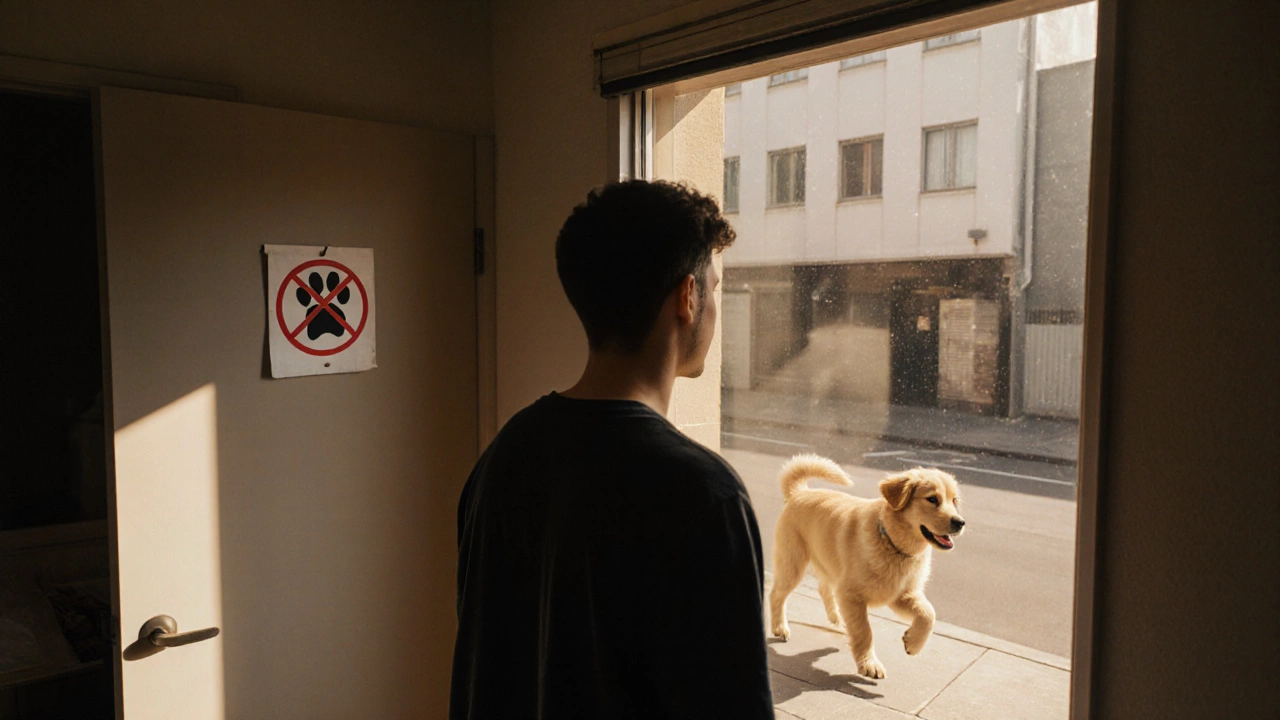Learn how to persuade a landlord to allow a dog with practical steps, legal tips, and financial options for a pet‑friendly rental in Auckland.
Landlord Dog Policy: What Every Landlord Needs to Know
When working with landlord dog policy, a set of rules a landlord creates about dogs in a rental unit. Also known as pet policy, it helps protect the property while letting responsible pet owners rent. A solid policy isn’t just a random list – it’s a clear part of the pet clause, the section of a tenancy agreement that spells out what’s allowed and what isn’t. Think of it as the bridge between the landlord’s need to safeguard the building and the tenant’s desire to keep a furry friend. When you write it, you’ll decide which breeds are acceptable, set size or weight limits, and outline any extra cleaning or repair responsibilities. Most landlords also tie the policy to the damage deposit, an extra amount of money collected to cover potential pet‑related damage. That way, if a dog chews a carpet or leaves a stain, you have a clear way to recover costs without a nasty dispute. In the UK, the law doesn’t ban pets outright, but a well‑drafted policy can protect you from discrimination claims while still being fair to tenants.
Key Elements to Include in Your Policy
Every tenancy agreement, the legal contract that binds landlord and tenant should reference the dog policy and make its terms enforceable. Start with a simple definition: "A dog is any domesticated canine over eight weeks old that the tenant wishes to keep on the premises." Then list any exclusions – for example, "No aggressive breeds such as Pit Bull Terrier, Japanese Tosa, or any breed deemed dangerous by local authorities." Next, set the damage deposit amount, usually an extra week’s rent or a fixed sum that reflects the potential wear and tear. Many landlords also require a pet passport and up‑to‑date vaccinations as proof of responsible ownership. Don’t forget practical items like waste disposal (the tenant must clean up after the dog in communal areas) and noise rules (no excessive barking after 10 pm). If you allow dogs, you might also need to check the building’s insurance policy – some insurers charge higher premiums for pet‑friendly rentals. By covering these bases, you create a transparent, enforceable framework that reduces surprises for both parties.
Beyond the paperwork, think about the everyday impact on your rental property, any residential unit you let out to tenants. Dogs can bring extra wear on flooring, upholstery, and gardens. A preventative measure is to require a professional cleaning at move‑out, or to provide pet‑specific flooring in areas where dogs are likely to spend time. Some landlords also offer a “pet add‑on” service that includes a pet‑friendly carpet cleaning once a year – it’s a small cost that can save larger repairs later. Finally, communication matters: let tenants know how to report any dog‑related issues and how you’ll handle them. A clear line of contact builds trust and makes enforcement smoother. With a well‑crafted landlord dog policy, you protect your investment, stay compliant with UK housing standards, and attract a wider pool of responsible renters. Below you’ll find a curated set of articles that dive deeper into related topics such as tenancy agreements, damage deposits, and practical landlord tips.
